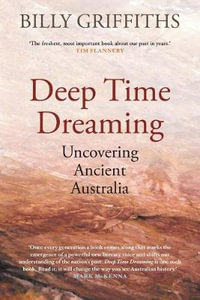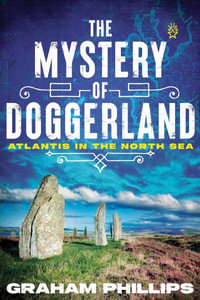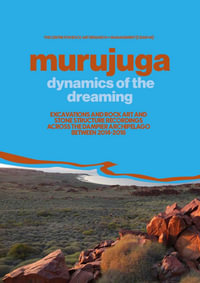
Pastoralists, Warriors and Colonists
The Archaeology of Southern Madagascar
By: Mike Parker Pearson, Karen Godden, Ramilisonina
Paperback | 15 August 2010
At a Glance
Paperback
$238.16
Aims to ship in 7 to 10 business days
ISBN: 9781407306803
ISBN-10: 1407306804
Series: BAR International Series
Published: 15th August 2010
Format: Paperback
Language: English
Number of Pages: 764
Audience: Professional and Scholarly
Publisher: British Archaeological Reports (Oxford) Ltd
Country of Publication: GB
Dimensions (cm): 29.69 x 21.01 x 5.28
Weight (kg): 2.43
Shipping
| Standard Shipping | Express Shipping | |
|---|---|---|
| Metro postcodes: | $9.99 | $14.95 |
| Regional postcodes: | $9.99 | $14.95 |
| Rural postcodes: | $9.99 | $14.95 |
How to return your order
At Booktopia, we offer hassle-free returns in accordance with our returns policy. If you wish to return an item, please get in touch with Booktopia Customer Care.
Additional postage charges may be applicable.
Defective items
If there is a problem with any of the items received for your order then the Booktopia Customer Care team is ready to assist you.
For more info please visit our Help Centre.























